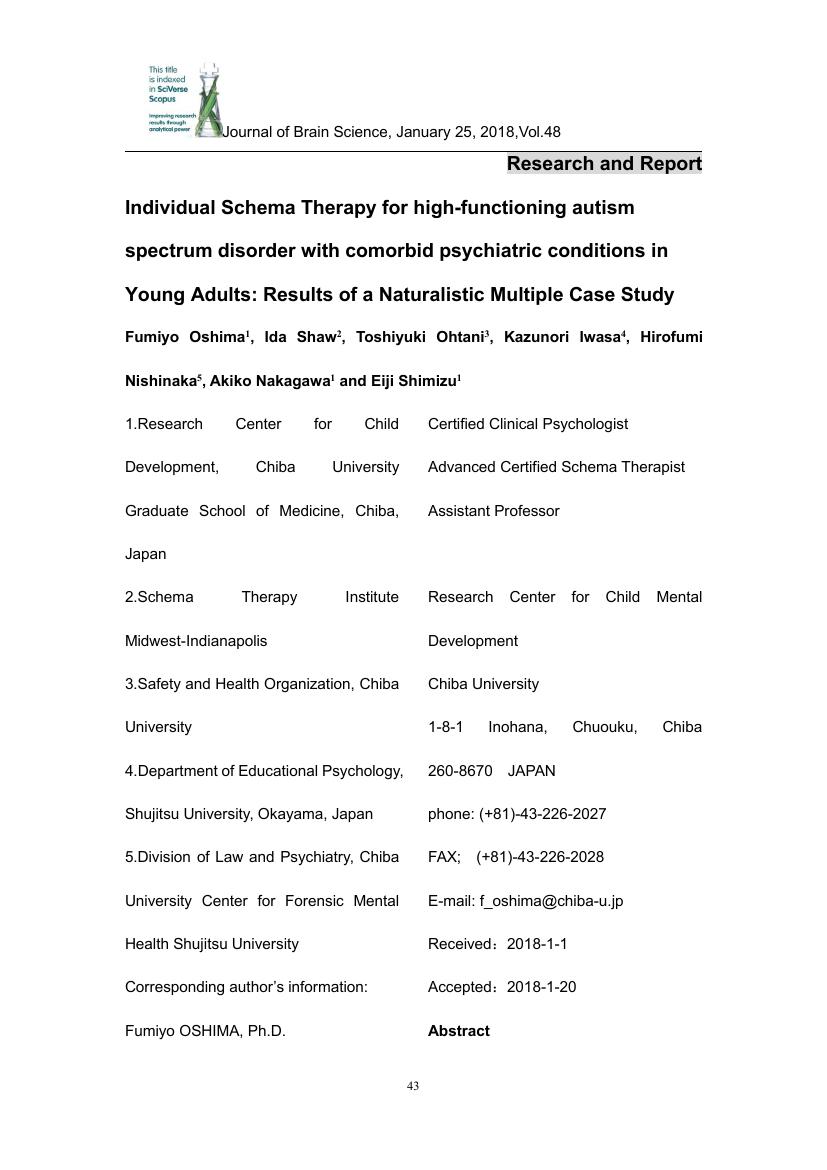- 著者
- Narumi Watanabe Yohei Otaka Masashi Kumagai Kunitsugu Kondo Eiji Shimizu
- 出版者
- The Japanese Association of Rehabilitation Medicine
- 雑誌
- Progress in Rehabilitation Medicine (ISSN:24321354)
- 巻号頁・発行日
- vol.7, pp.20220046, 2022 (Released:2022-09-09)
- 参考文献数
- 21
- 被引用文献数
- 1
Objectives: This study examined whether the reliability of the Nine Hole Peg Test (NHPT) is improved by a modification (mNHPT) that confines the peg insertion/removal order to one way to reduce the degree of freedom of spatial strategies.Methods: Participants performed the NHPT and mNHPT three times each in two sessions with an interval of 3–5 days. Healthy adults used their non-dominant hand (n=40), while those with hemiparetic stroke used their affected (n=40) or unaffected hand (n=40). The mean value of three trials from each session was used for analyses. The reliabilities of the NHPT and mNHPT during the two sessions were assessed via intraclass correlation coefficients (ICCs) and Bland–Altman analysis.Results: The ICCs of the NHPT and mNHPT were 0.49 and 0.66, respectively, in healthy participants, and 0.91 and 0.94, respectively, in participants with stroke, regardless of the hand used. A significant fixed bias between the sessions was observed in both tests, except for participants with stroke who used their affected hand. Proportional biases were noted in the mNHPT results of healthy participants and in the NHPT and mNHPT results of participants with stroke who used their affected hand. The limits of agreement (lower, upper) in the affected hand were −11.0 and 9.5 for the NHPT and −8.0 and 6.2 for the mNHPT.Conclusions: Reduced degrees of freedom in the spatial strategy improved the relative reliability and reduced measurement errors in the NHPT. However, fixed and proportional biases were still evident.
3 0 0 0 OA Effect of Erabu Sea Snake (Laticauda semifasciata) Lipids on the Swimming Endurance of Aged Mice
- 著者
- Guihua ZHANG Nobuya SHIRAI Tomoyuki HIGUCHI Hiramitsu SUZUKI Eiji SHIMIZU
- 出版者
- Center for Academic Publications Japan
- 雑誌
- Journal of Nutritional Science and Vitaminology (ISSN:03014800)
- 巻号頁・発行日
- vol.53, no.6, pp.476-481, 2007 (Released:2008-01-18)
- 参考文献数
- 40
- 被引用文献数
- 2 3
The effect of Erabu sea snake (Laticauda semifasciata) lipids on the swimming endurance was investigated in aged mice. Fifty three-week-old male Crlj:CD-1 (ICR) mice were fed one of three experimental diets containing either 6% lard, 6% fish oil, or 6% sea snake lipids for 16 wk. The swimming exercise was carried out in an acrylic plastic tank filled with 25 cm of water maintained at 23oC. Swimming times to exhaustion were measured with a load of 2% of their body weights attached to the tails of the mice. The swimming times to exhaustion of the group that were fed the sea snake lipid diet tended to be longer than those of the lard diet group, and were significantly improved compared with the fish oil diet group (p<0.05). The plasma and muscle lactate levels were significantly lower in the sea snake lipid diet group than in the lard and fish oil diet groups (p<0.05). The liver glycogen and plasma glucose levels of the sea snake lipid diet group did not differ markedly from those of the lard diet group (p>0.05), and were significantly higher than those of the fish oil diet group (p<0.05). These results suggest that an intake of sea snake lipids but not the fish oil, which is also rich in n-3 polyunsaturated fatty acids (n-3 PUFAs), is useful for improving the swimming endurance of aged mice by attenuating lactate production and/or enhancing lactate clearance during swimming exercise, and the n-3 PUFAs contained in the sea snake lipids did little or nothing for this improved endurance.
- 著者
- Fumiyo Oshima Ida Shaw Toshiyuki Ohtani Kazunori Iwasa Hirofumi Nishinaka Akiko Nakagawa and Eiji Shimizu
- 出版者
- Japan Brain Science society
- 雑誌
- 脳科学誌 (ISSN:13415301)
- 巻号頁・発行日
- vol.48, pp.43-69, 2018 (Released:2018-04-16)
- 参考文献数
- 31
- 著者
- Hirokazu Tokuyasu Takehito Fukushima Hirofumi Nakazaki Eiji Shimizu
- 出版者
- The Japanese Society of Internal Medicine
- 雑誌
- Internal Medicine (ISSN:09182918)
- 巻号頁・発行日
- vol.51, no.9, pp.1133-1138, 2012 (Released:2012-04-29)
- 参考文献数
- 22
- 被引用文献数
- 3 17
An 86-year-old woman who underwent placement of a prosthetic aortic valve for regurgitation 5 years previously was admitted because of spiking fever. The blood culture results were positive for gram-negative rods, which were identified as Achromobacter xylosoxidans. Approximately 4 months after being sent to the hospital, transthoracic echocardiography revealed vegetation at the prosthetic aortic valve. Ultimately, a diagnosis of A. xylosoxidans endocarditis of the prosthetic aortic valve was made. We report an extremely rare case of bacteremia associated by prosthetic valve endocarditis with A. xylosoxidans. In addition, we review 10 previously reported cases of endocarditis caused by A. xylosoxidans.
